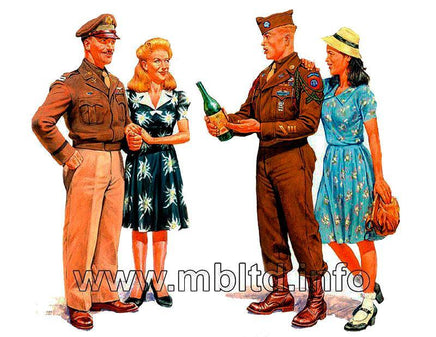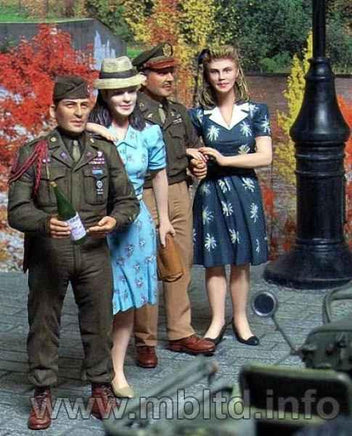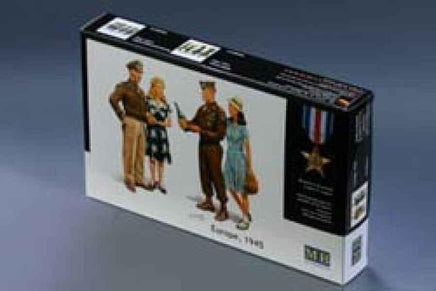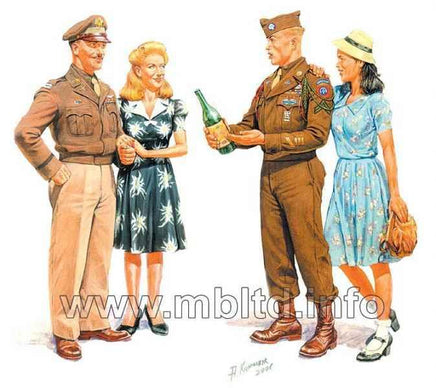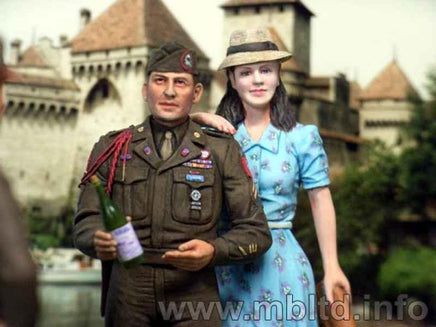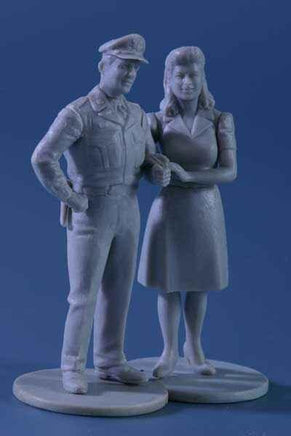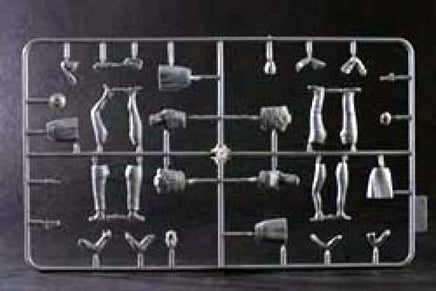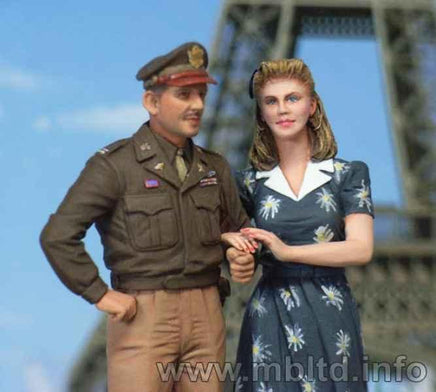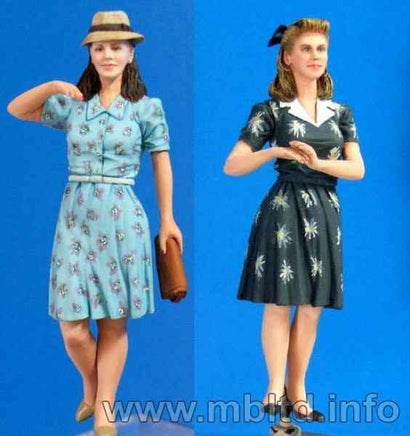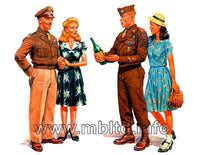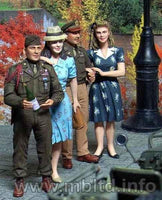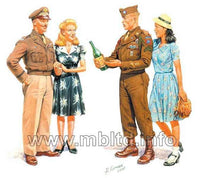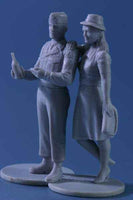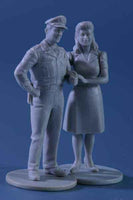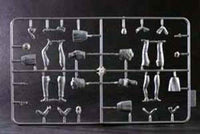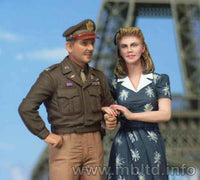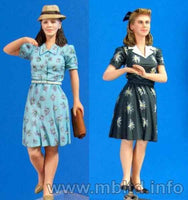During World War II, the attitude of the Axis countries, especially Germany, toward the civilian population living in the conquered areas of Europe was very different. It can be assumed that farther west, this policy was less genocidal and less brutal. An example is France, which in 1940 was divided into two parts: occupied by German and Italian troops, and the so-called The Vichy state, which retained the appearance of independence and, moreover, closely collaborated with the Third Reich. In occupied France, the Germans came to power, tried to use the industrial base there in their own war effort, forced the supply of contingents of forced laborers, and ruthlessly cracked down on the resistance movement, but they did not pursue the murder and annihilation of the French nation. Other examples include the creation of governments that, to a greater or lesser extent, cooperate with Germany in the Netherlands or Norway. On the other hand, the farther east we went, the more German policy turned out to be more genocidal. An example is the German policy in Poland, where the invader sought to Germanize part of the population and treated the General Government as a reservoir of free labor. With the introduction of the so-called Generalplan Ost in 1941, the Third Reich assumed that a large part of Polish society would either be murdered or forcibly resettled. The Third Reich carried out a similar genocidal policy in the western territories of the USSR, occupied from 1941. The macabre common denominator of the German occupation policy in Western and Eastern Europe was the desire to murder the Jewish population living in these areas. The crime went down in history as the Holocaust, or Shoah (Hebrew, the Holocaust). Safe and probably underestimated estimates show that during the entire Second World War, about 23.7 million civilians died or were murdered.
During World War II, the US Air Force, or USAAF (United States Army Air Force), was not an independent type of armed force and was formally under the command of the army. In the course of this conflict, they became the most powerful military aviation in the world, and at the time of the end of hostilities, they numbered about 2.25 million people! Due to the fact that the American aviation industry was one of the most modern and efficient in the world, the USAAF saw many successful, and sometimes great, aircraft models. It is worth remembering that in 1940–1945, it produced a total of approximately. 295 thousand. machines, and therefore more than the aviation industry of Germany, Italy, and Japan combined. Moreover, among these thousands of machines produced, one can point to the very successful P-38 Lightning, P-47 Thunderbolt, or P-51 Mustang fighters, B-25 Mitchell or B-26 Marauder tactical bombers, but also the legendary B-17 Flying Fortress strategic bombers. and the B-29 Super Fortress. The USAAF pilot training system can also be considered successful and well-thought-out, as it was able to provide the rapidly expanding air force with well-trained pilots. It is also worth remembering that, unlike the German aviation, the American crews and pilots were rotated and after serving a certain period of time, they most often returned to the country, to training units, passing their experiences on. This fact may explain why American fighter aces (such as Richard Bong or Thoma McGuire) had "only" dozens of kills compared to several hundred kills of German aces (such as Erich Hartmann or Gerhard Barkhorn).

